
The best neuroscience research news from November 2019
Our selection of the best neuroscience research stories from November include the first evidence that individual neurons target specific memories during recall, the discovery that hiccups may help newborn babies learn how to regulate their breathing and gut microorganisms may alter the ageing process.
1. People with autism have a more symmetrical brain
In a large-scale MRI study, researchers at the Max Planck Institute, Donders institute and the University of Southern California found that the left and right cerebral hemispheres of the brain are more similar in people with autism spectrum disorder (ASD).
The study was based on brain scans collected in different countries over more than 20 years, including scans from 1,774 people with autism and 1,809 healthy controls. The reduced asymmetry found in the brains of people with autism was mainly in cortical thickness, at various locations on the surface of the brain.
The results suggest that this altered development is involved in autism and affects widespread regions with diverse functions. The next step will be to understand exactly how this affects ASD.
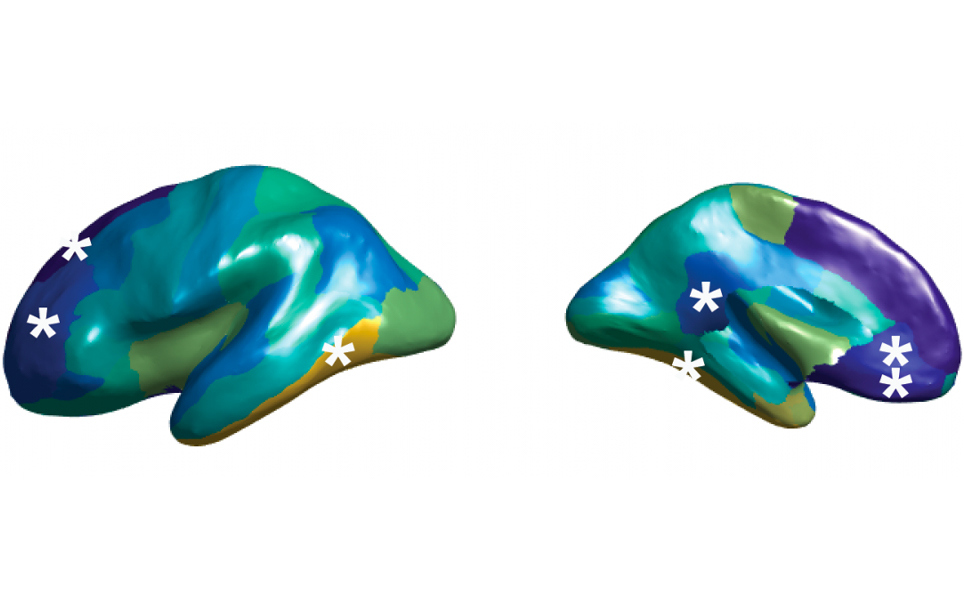
Less asymmetry in autism
2. Talk to the hand
Researchers at the University of Missouri have discovered that the human brain can rewire itself after a traumatic bodily injury.
The researchers used functional MRI (fMRI) to scan 48 people’s brains, 19 of whom had lost a hand. A computer-controlled, air-based system delivered a light touch to the hands and face, with the fMRI scans being able to detect changes in blood oxygenation levels that occur when areas of the brain are processing information. They found that when a person has lost a hand, the part of the brain that used to receive inputs from that hand reroutes its functions to the remaining hand.
It is hoped that this discovery could help scientists better understand the brain’s ability to adapt when a traumatic bodily injury occurs, as well as help in the development of prosthetic limbs that enable the users to experience touch sensations.
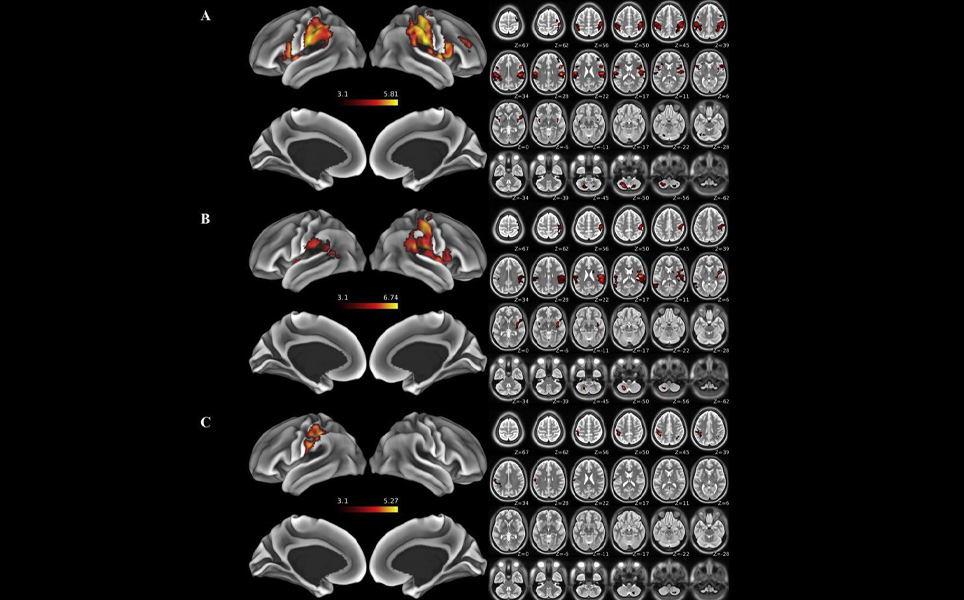
Rewiring
3. Specific neurons that map memories now identified in the human brain
Columbia University researchers have correlated neuronal activity in the entorhinal cortex with place-based memories, and found the first evidence that individual neurons target specific memories during recall.
The team made recordings from electrodes implanted into the brains of neurosurgical patients and investigated how the patients’ brain signals correlated to their behaviour, while they performed a virtual-reality object-location memory task. From this, the researchers identified memory-trace neurons, primarily in the entorhinal cortex.
As the entorhinal cortex is one of the first brain regions affected by Alzheimer’s disease, these findings could help gain insight into how neural activity in this region helps us recall past events, and how this activity is disrupted in Alzheimer’s disease.
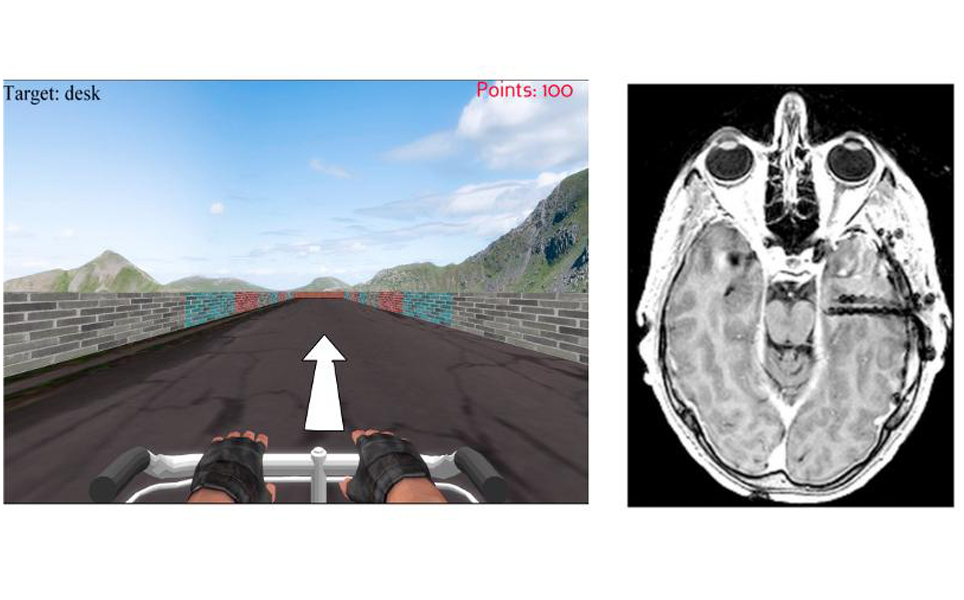
Remember the entorhinal cortex
4. Potential vitamin and Alzheimer’s drug produced in yeast
Scientists at the Novo Nordisk Foundation Center for Biosustainability have shown that ergothioneine, a compound that could be used to delay the onset of Alzheimer’s and dementia, can be produced in yeast
Ergothionene is a natural amino acid that has antioxidative properties. Research in rats and roundworms has shown it could potentially prevent neurodegenerative diseases. This, along with findings that patients suffering from neurodegenerative diseases have lower levels of ergothionene in their blood, suggests that it could one day to be used as a vitamin supplement to delay or prevent the onset of these diseases.
So far, it has been complicated and expensive to chemically synthesise ergothionene. However, the scientists have engineered and optimised baker’s yeast to successfully produce it using a small-scale fermentation process. The team are now working to increase productivity by engineering the strain of yeast further, in order to make a commercially viable product.
Find out more
5. Scientists discover mood-altering brain receptor
An international team of researchers have discovered a unique receptor, called the glycine gated NMDA receptor, that’s believed to regulate negative moods. The receptor is located in the medial habenula, a region of the human brain that has been little studied.
NMDA receptors usually require both glutamate and glycine molecules to bind to activate them. However, this glycine gated NMDA receptor only requires glycine to bind to be activated. The medial habenulaa is thought to be related to negative motivational states.
The discovery of this rare type of receptor and its role in modulating anxiety and the effects of negative experiences, means it has the potential to be a new highly specific target for drugs that regulate mood.
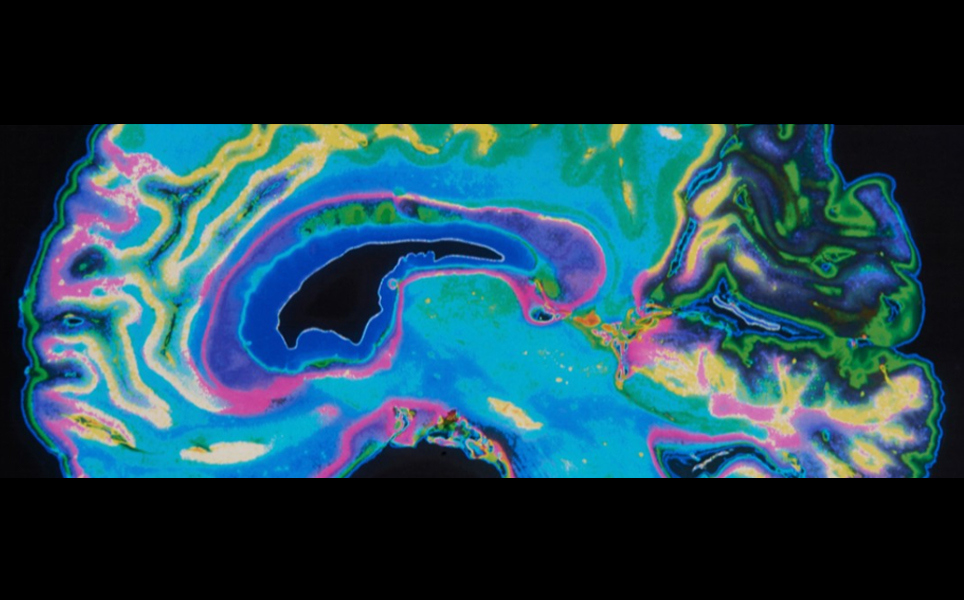
Mood regulating receptor
6. Side effects are mild and brief with a single antidepressant dose of intravenous ketamine
Researchers at the National Institutes of Health found that a single, low-dose infusion of ketamine was relatively side effect free for patients with treatment-resistant depression.
It has been shown in previous studies that a single, subanaesthetic dose of ketamine infusion can rapidly relieve depressive symptoms in people who have not responded to conventional treatments. However, there have been concerns about side effects.
In this research, data was gathered from 163 patients with major depressive disorder or bipolar disorder and 25 healthy controls. These participants were part of one of five placebo-controlled clinical trials conducted over 13 years. From 120 possible side effects, 34 were discovered to be significantly associated with the treatment, with eight occurring in at least half of participants. These eight side effects were: feeling strange, feeling spacey, feeling woozy, dissociation, floating, visual distortions, difficulty speaking and numbness. None of these symptoms lasted more than four hours. There were no serious side effects including cravings, propensity for recreational use or significant cognitive or memory deficits identified during a three-month follow-up.
These researchers are now planning a clinical trial of a ketamine metabolite that could be a more specific-acting treatment with fewer side effects.
Ketamine to treat depression
7. Newborn baby hiccups could be key to brain development
Every time a newborn baby hiccups, a large wave of brain signals is triggered, which could help the baby learn how to regulate their breathing, a study led by UCL has found.
The study included 13 newborn infants in a neonatal ward who had a bout of hiccups. The babies were pre-term and full-term, ranging from an equivalent of 30 – 42 weeks gestational age. EEG electrodes placed on the scalp recorded brain activity, while whole movement sensors on the torso showed when they were hiccuping.
The team found that contractions of the diaphragm muscle caused by a hiccup lead to three large brainwaves in the brain’s cortex. The third brainwave is similar to that evoked by a noise, suggesting the baby’s brain may link the sound of the hiccup to the feeling of diaphragm muscle contraction.
The researchers suggest that the activity following a hiccup may help the baby’s brain to learn how to monitor breathing muscles so eventually breathing can be voluntarily controlled by moving the diaphragm up and down.

Hiccups in baby brain development
8. Ayahuasca compound changes brainwaves to vivid ‘waking-dream’ state
Scientists at Imperial College London have looked at the effects of DMT on the brain. DMT is a psychedelic compound found in ayahuasca, a psychedelic drink traditionally made from vines and leaves of the Amazon rainforest.
The researchers found that DMT alters our waking brain waves to produce a ‘waking dream’ state, explaining why people taking DMT and ayahuasca experience intense visual imagery and hallucinations.
Using EEG recordings, it was seen that DMT caused a reduction in alpha waves – the brain’s dominant electrical rhythm when a person is awake, as well as short-lived increases in theta waves, which are typically associated with dreaming.
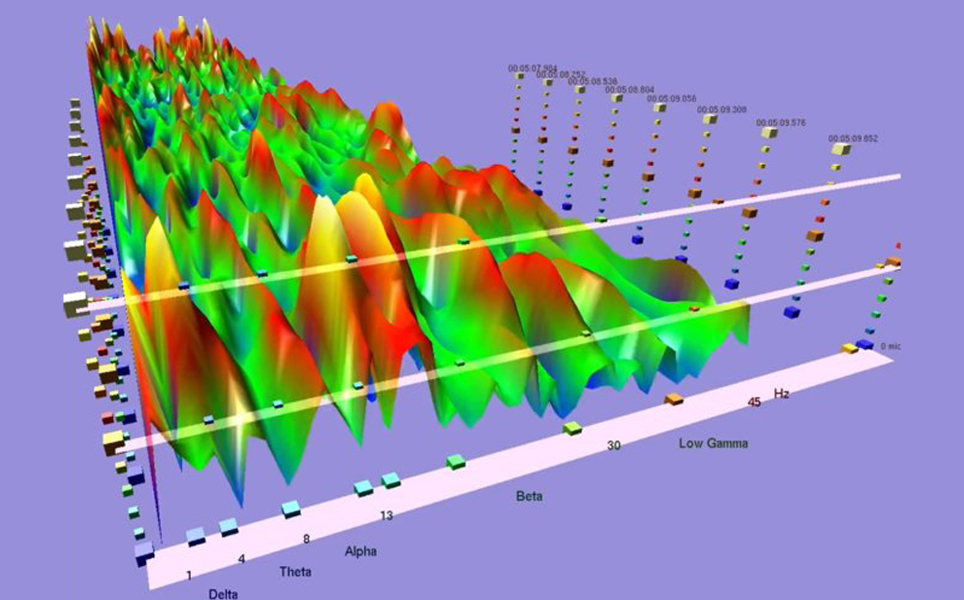
Awake or dreaming?
9. Non-coding DNA located outside chromosomes may help drive glioblastoma
When cancer-causing genes make copies of themselves in order to turn a normal cell into a cancer cell, extra DNA is picked up and incorporated into the copies. Researchers at the University of California San Diego School and Case Western Reserve University have now discovered that this extra DNA is essential for maintaining activation of a cancer-causing gene, supporting survival of the cancer cell.
The scientists used human brain tumour samples and compared these to a public database of patient tumour genetics to discover that, even if two different types of tumours are driven by the same gene, the extra DNA incorporated into copies may be different. In the EGFR gene, active in glioblastomas and other cancers, 20 – 50 enhancers and regulatory elements were discovered in glioblastoma tumour samples from 9 patients.
The researchers now want to gain further understanding of the roles and diversity of regulatory elements in different cancer types, and if these can be targets for cancer treatments.
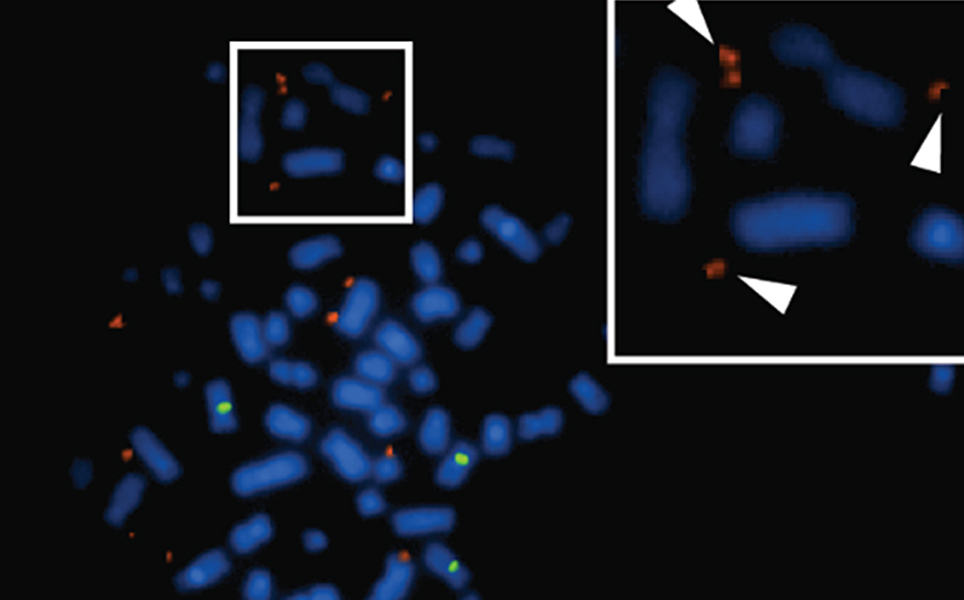
Learn more
10. Bacteria in the gut may alter the ageing process
It has been found by an international team of researchers, led by Nanyang Technological University, that microorganisms living in the gut may alter the ageing process.
The team transplanted gut microbes from 24-month-old mice into six-week-old germ-free mice. After eight weeks, the young mice had increased intestinal growth and neurogenesis in the brain. It was found that the increased neurogenesis was caused by an increase in gut microbes that produce butyrate, a short-chain fatty acid.
Butyrate is produced by microbial fermentation of dietary fibres and stimulates production of FGFD21, a pro-longevity hormone which has an important role in regulating metabolism.
As we age, butyrate production is reduced; the researchers found that giving butyrate on its own to the young germ-free mice also increased neurogenesis.
This research opens up new avenues of research into ageing, including the possibility of using butyrate to slow down ageing.
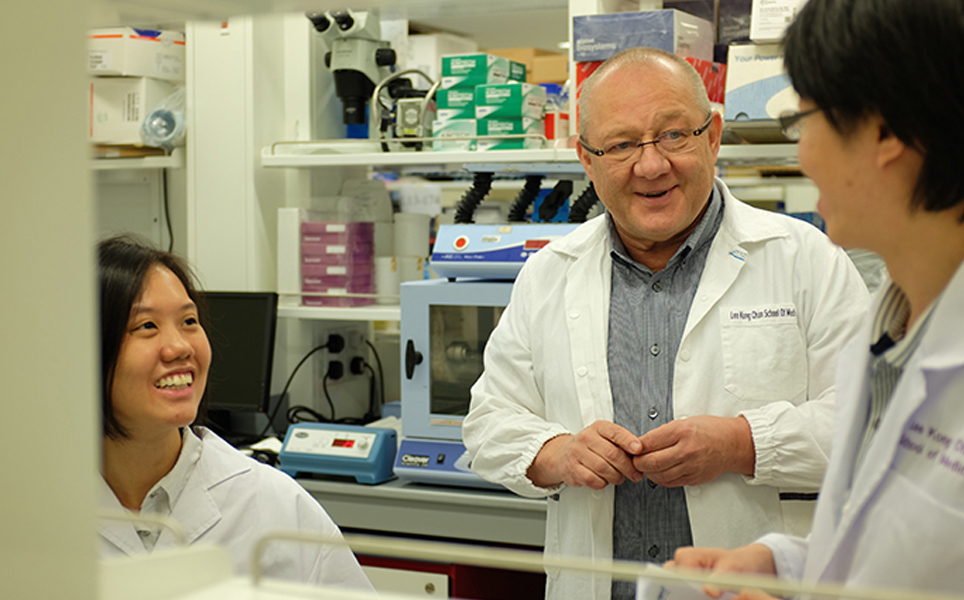
Turn back time
Banner image credit: University of Sydney
Take a look at the previous top neuroscience stories...
Sign up to receive our latest news
Find out about Scientifica's latest product releases, company news, and developments through a range of news articles, customer interviews and product demonstration videos.

)